Although there were still many places we wanted to visit in Istanbul area, we had booked a hotel in Izmir. Izmir (the ancient city known as Smyrna) is in southwestern Turkey. İzmir has almost 3,500 years of recorded urban history (see Timeline of İzmir) and possibly even longer as an advanced human settlement. Lying on an advantageous location at the head of a gulf running down in a deep indentation midway on the western Anatolian coast, the city has been one of the principal mercantile cities of the Mediterranean Sea for much of its history.
Izmir is a jumping off place for a trip to the ancient Ephesus. The air fare from Istanbul to Izmir was outside our budget. So we took the high speed ferry boat from Istanbul to Bandirma and the train from Bandirma to Izmir. It was one of the highlights of our trip. The ferry was comfortable and we sat a table that could easily seat 6 people (we had first class seats). The deck was more like a lounge than anything else. However, don’t expect a view. All we saw was water splashing up on the windows and occasional ocean vessel. Getting off in Bandirma we had to ask where the train staion was. A nice young lady took us to the taxi stand and instructed the driver where to take us (less than $5). The train was very spatious and comfortable. The boat train combination was far more comfortable and enjoyable than a cramped flight.
High speed Ferry from Istanbul to Bandirma
Train from Bandirma to Izmir

You can fly from Istanbul to Izmir, but the high speed ferry boat from Istanbul to Bandirma and train from Bandirma to Izmir is far more comfortable at a fraction of the cost!
Bandirma
Ephesus
Ephesus (Turkish Efes; ultimately from Hittite Apasa) was an ancient Greek city on the coast of Ionia, three kilometers southwest of present-day Selçuk in İzmir Province, Turkey. It was built in the 10th century BC on the site of the former Arzawan capital by Attic and Ionian Greek colonists. During the Classical Greek era it was one of the twelve cities of the Ionian League. The city flourished after it came under the control of the Roman Republic in 129 BC. According to estimates Ephesus had a population of 33,600 to 56,000 people in the Roman period, making it the third largest city of Roman Asia Minor after Sardis and Alexandria Troas.
The city was famed for the Temple of Artemis (completed around 550 BC), one of the Seven Wonders of the Ancient World. In 268 AD, the Temple was destroyed or damaged in a raid by the Goths. It may have been rebuilt or repaired but this is uncertain, as its later history is not clear. Emperor Constantine I rebuilt much of the city and erected new public baths. Following the Edict of Thessalonica from emperor Theodosius I, what remained of the temple was destroyed in 401 AD by a mob led by St. John Chrysostom. The town was partially destroyed by an earthquake in 614 AD. The city’s importance as a commercial center declined as the harbor was slowly silted up by the Cayster River (Küçük Menderes).
Ephesus was one of the seven churches of Asia that are cited in the Book of Revelation. The Gospel of John may have been written here. The city was the site of several 5th-century Christian Councils, (see Council of Ephesus). It is also the site of a large gladiators’ graveyard. The ruins of Ephesus are a favorite international and local tourist attraction, partly owing to their easy access from Adnan Menderes Airport.
The first stop is the last home of Mary, Mother of Jesus
Each year more of the ancient city are uncovered. Epesus was once the Eastern Capitol of the Roman Empire
St Paul spoke here but fled for his life when the artisans who mad their living making statues of the patron god Artimis feared loss of income and called for his death. He escaped through the exit at the top left of the theater.
There are many interesting facts about Ephesus and how it has influenced our culture and language. Such words as morphine, anesthetic, coma and many others have their root in the gods depicted in Ephesian statues.
Walking down the streets of Ephesus you see the ruts from roman chariots and grates where the first sewers were installed. Unearthed are the oldest known sewer pipes.
The pipes led away from the first public toilets (co-ed)
In addition to the Doric, Ionic, and Corinthian colums, the case can be made for a 4th style – The Ephesian seen here.
What has Barb in awe?
This beautiful tile floor over 2,000 years old.
The facade of the library at Ephesus still stands. Once second only to the library at Alexandria. Note: a tunnel from the library to the brothel was uncovered. “Honey, I am going to the library to study.”
I have hundreds of pictures but have included just a few to wet your appetite and encourage you to visit Ephesus. After our day we enjoyed a beautiful sunset on the way back to Izmir.
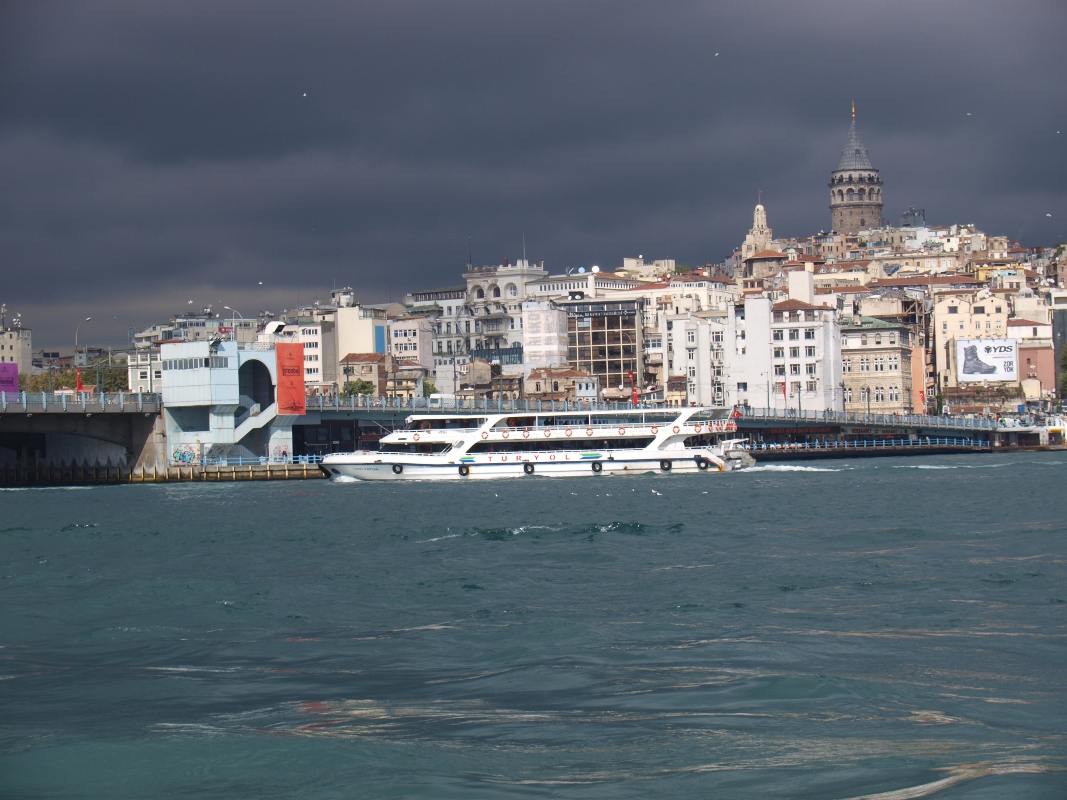
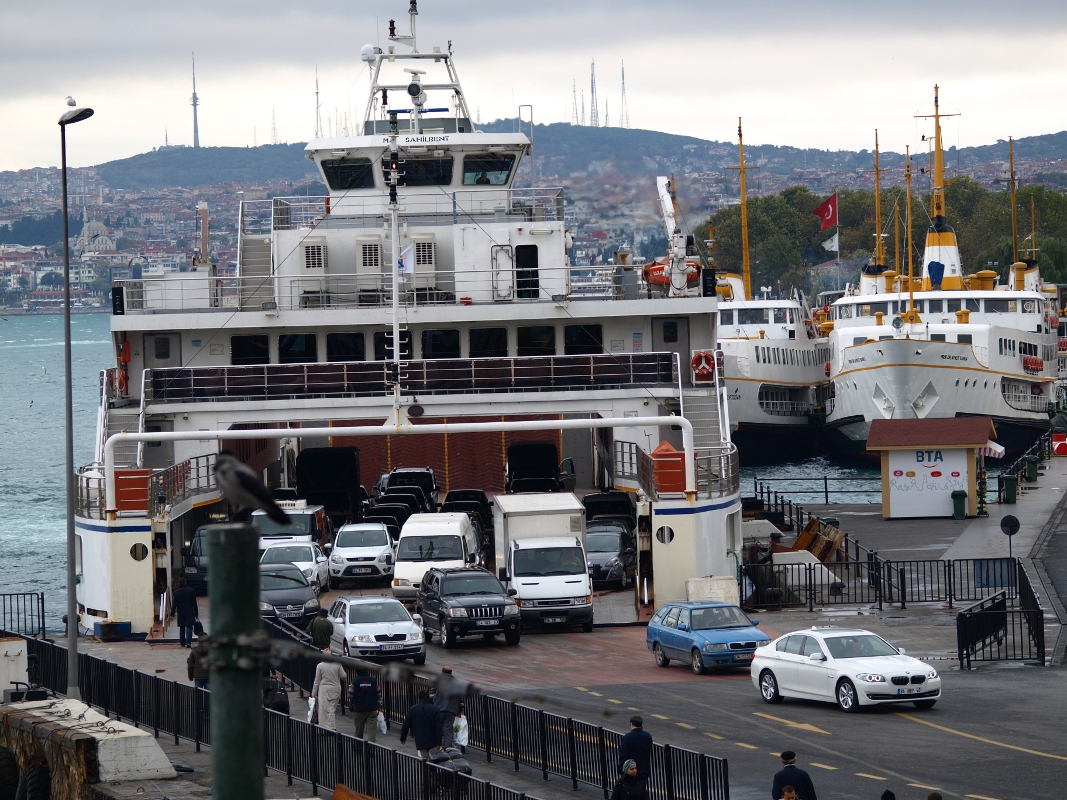
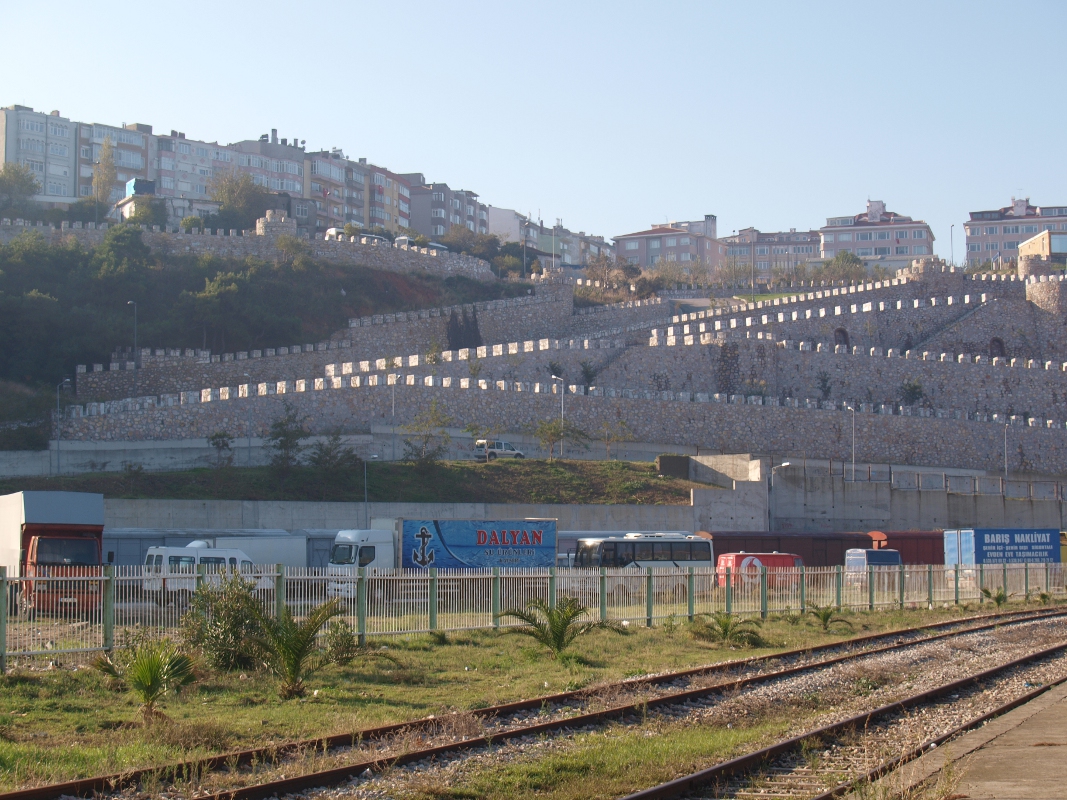
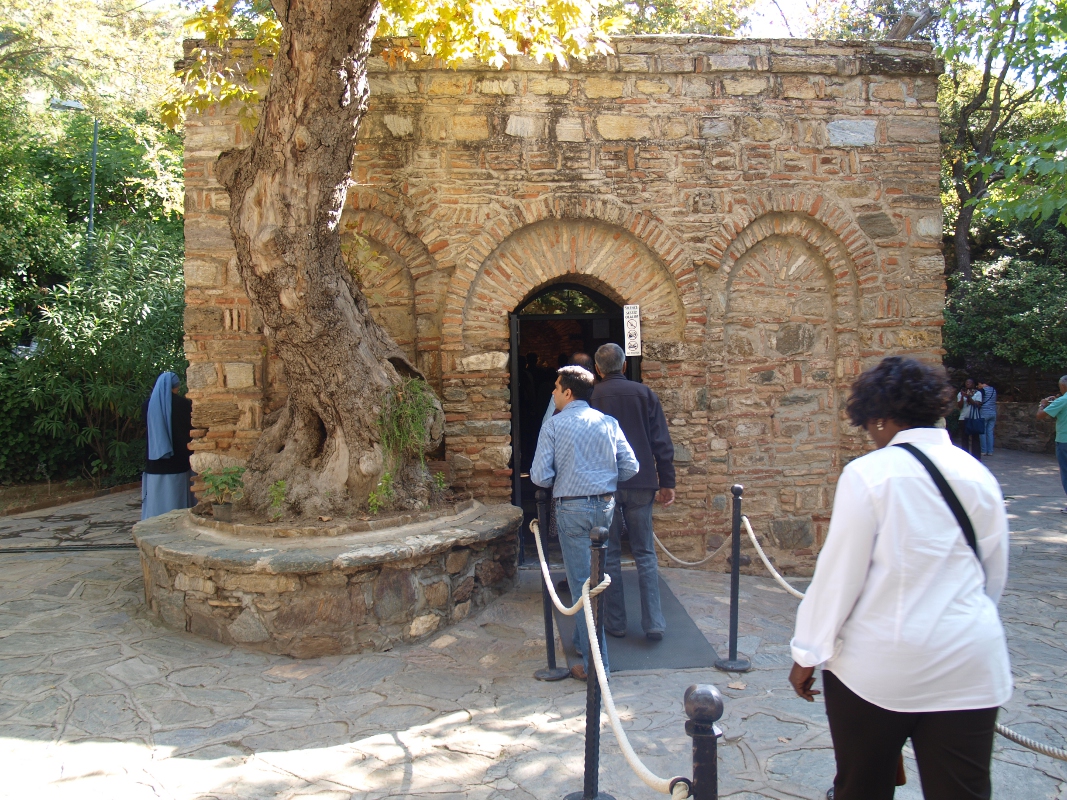
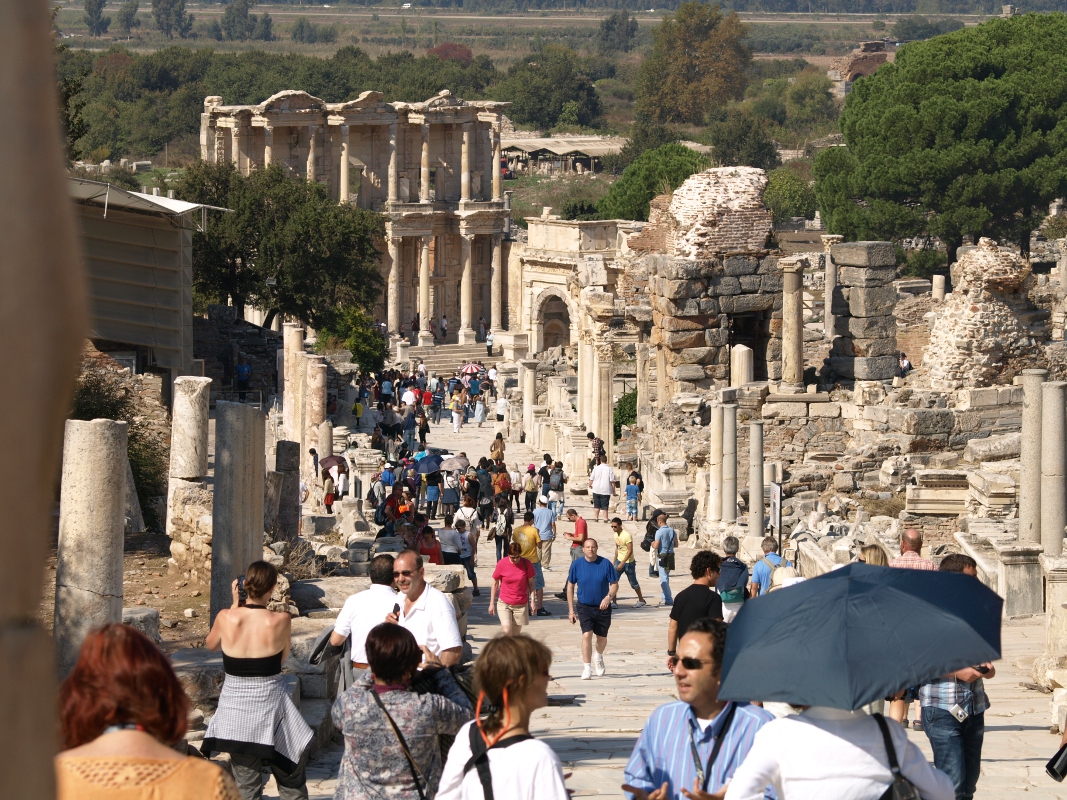
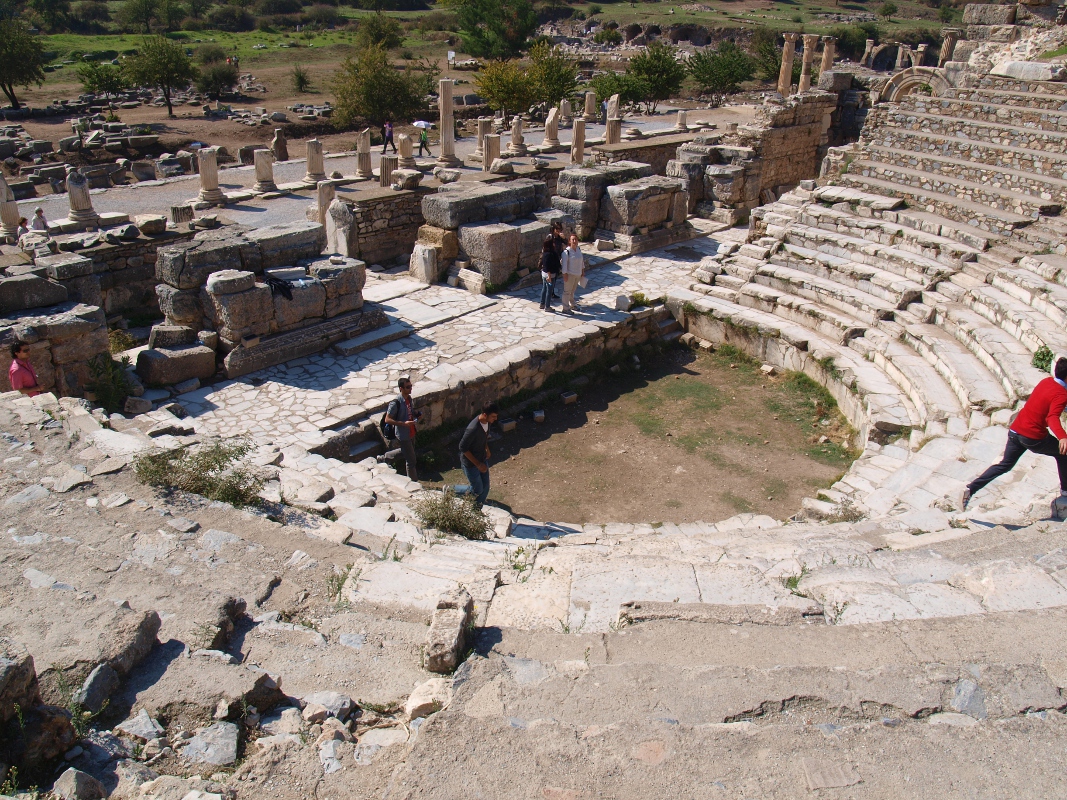
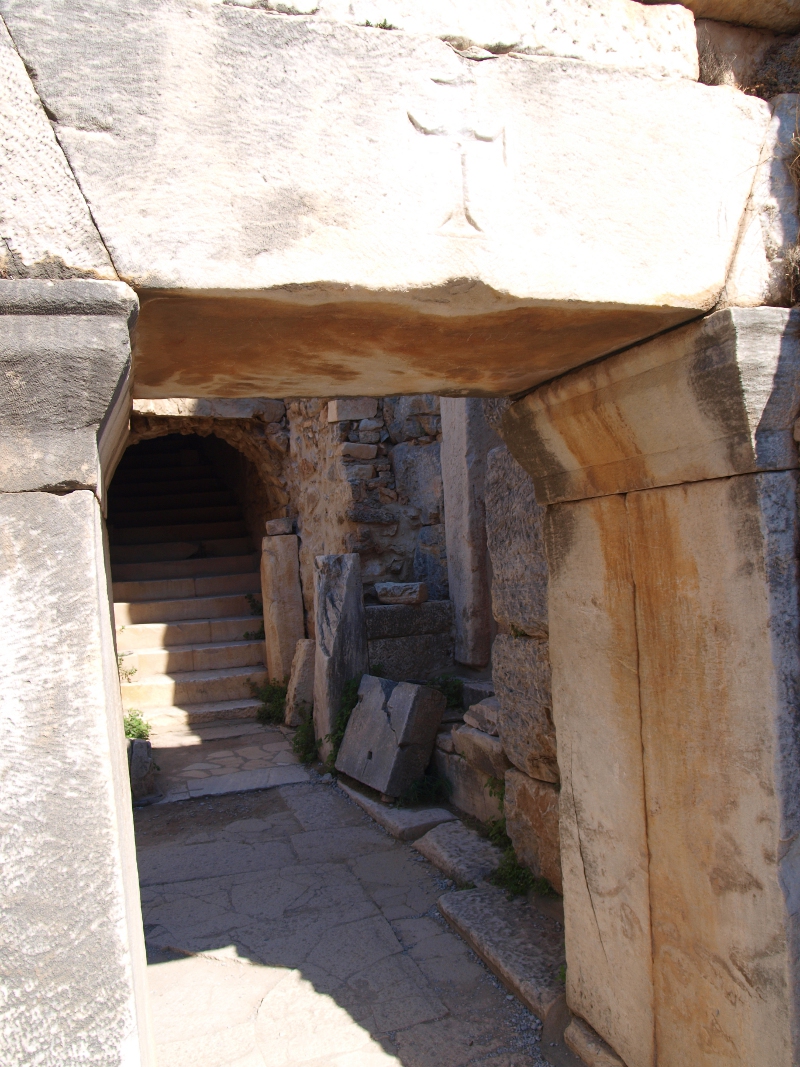
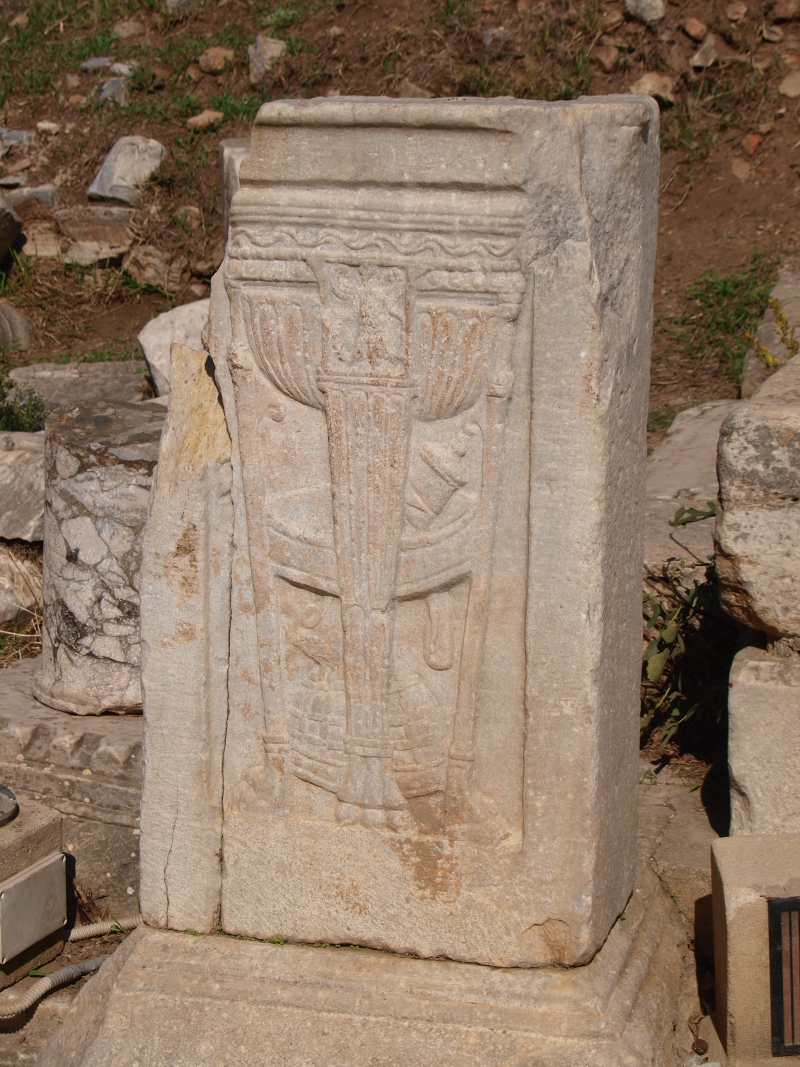
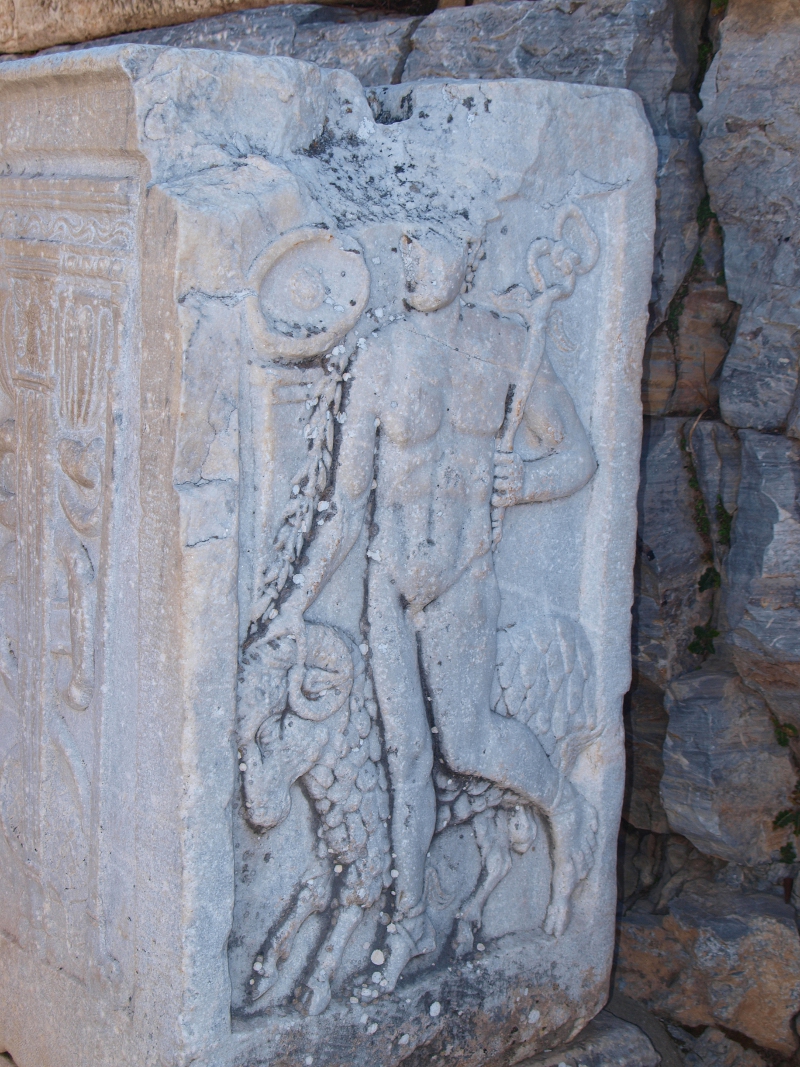
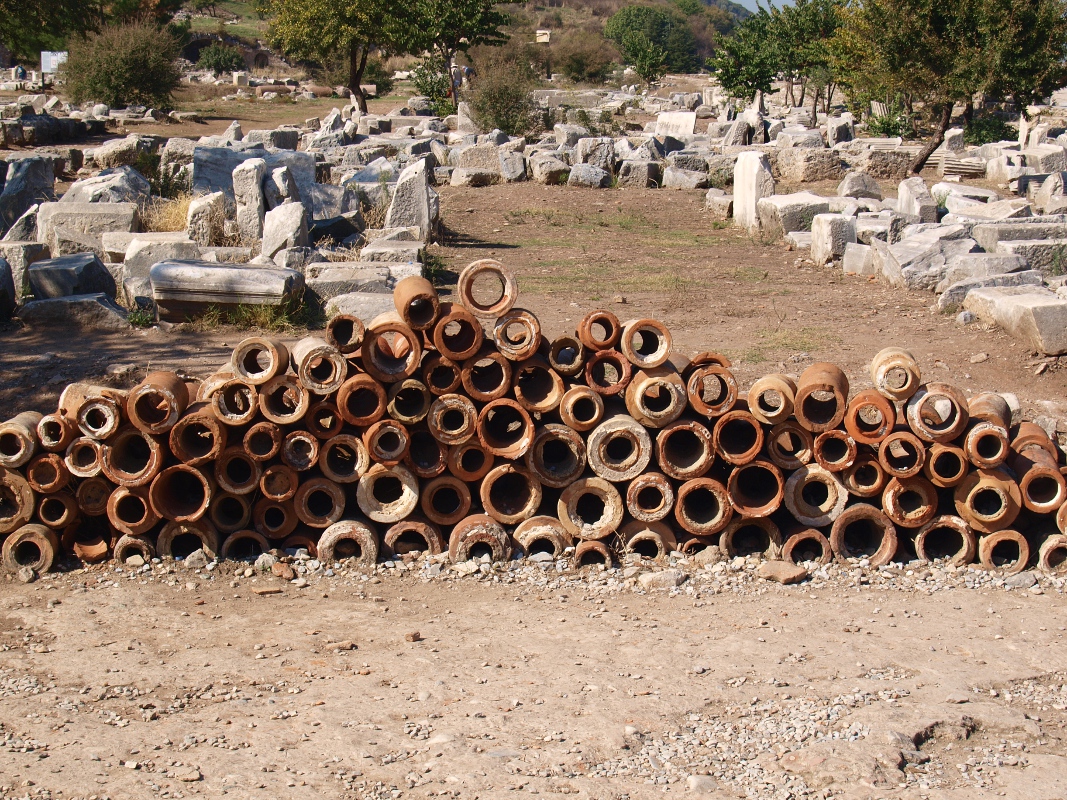
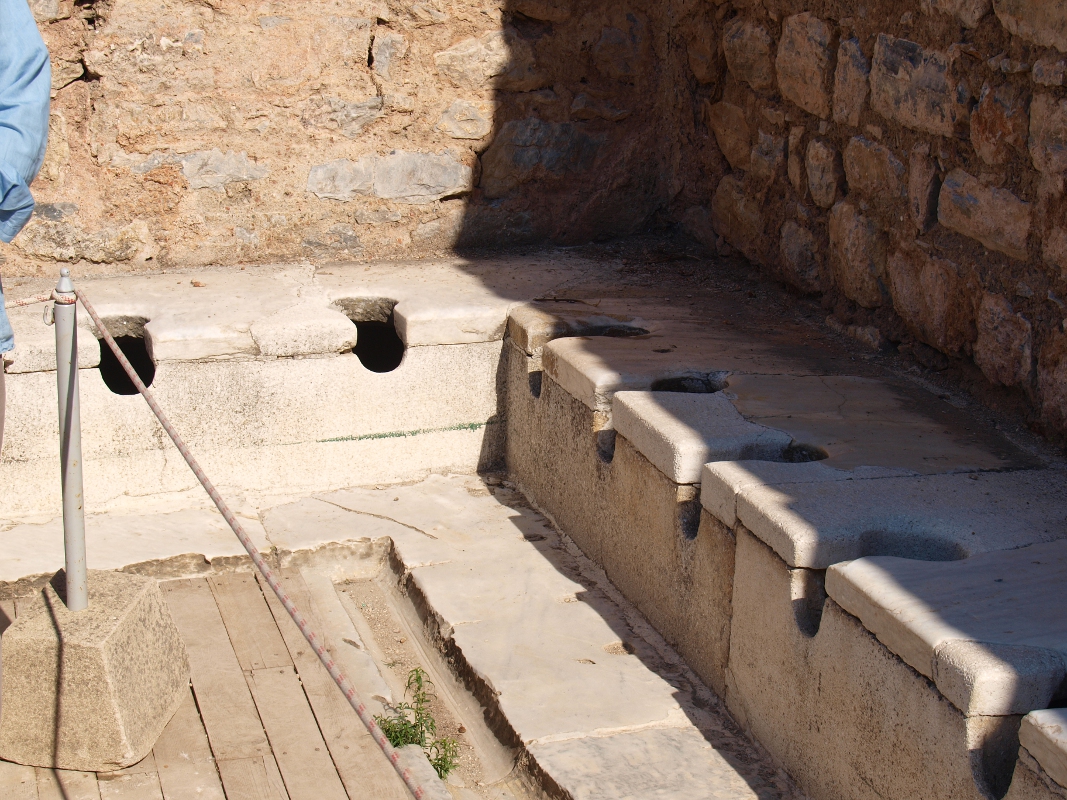
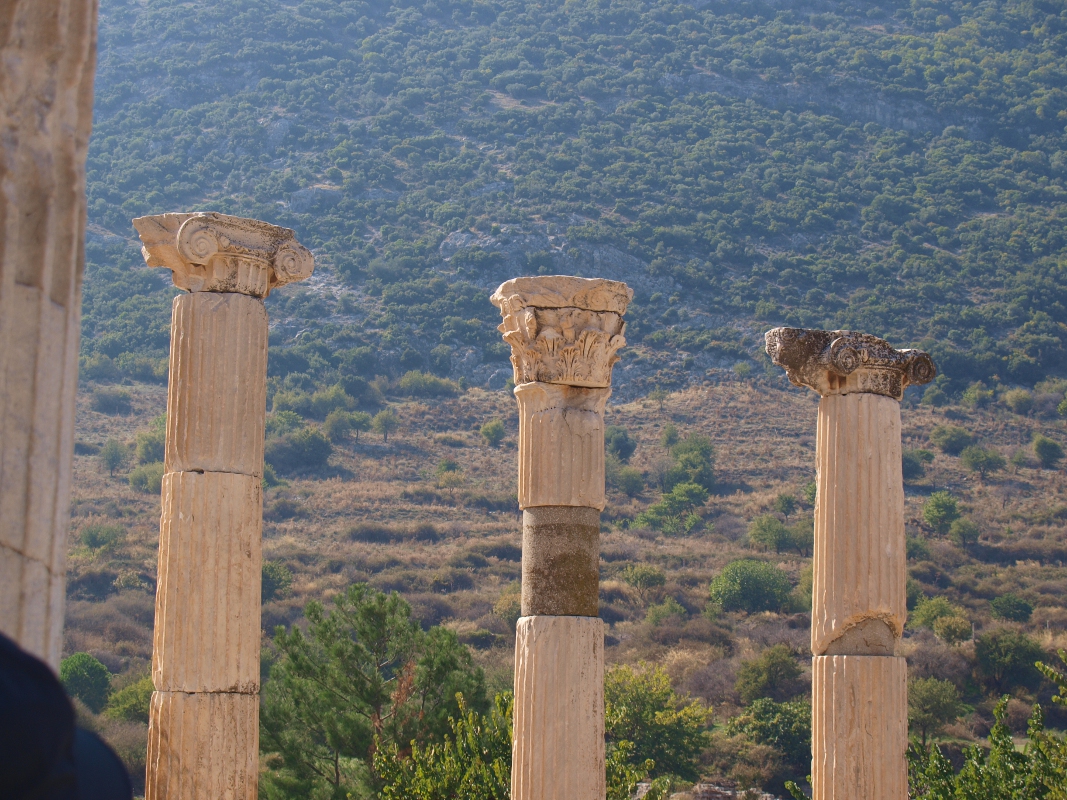
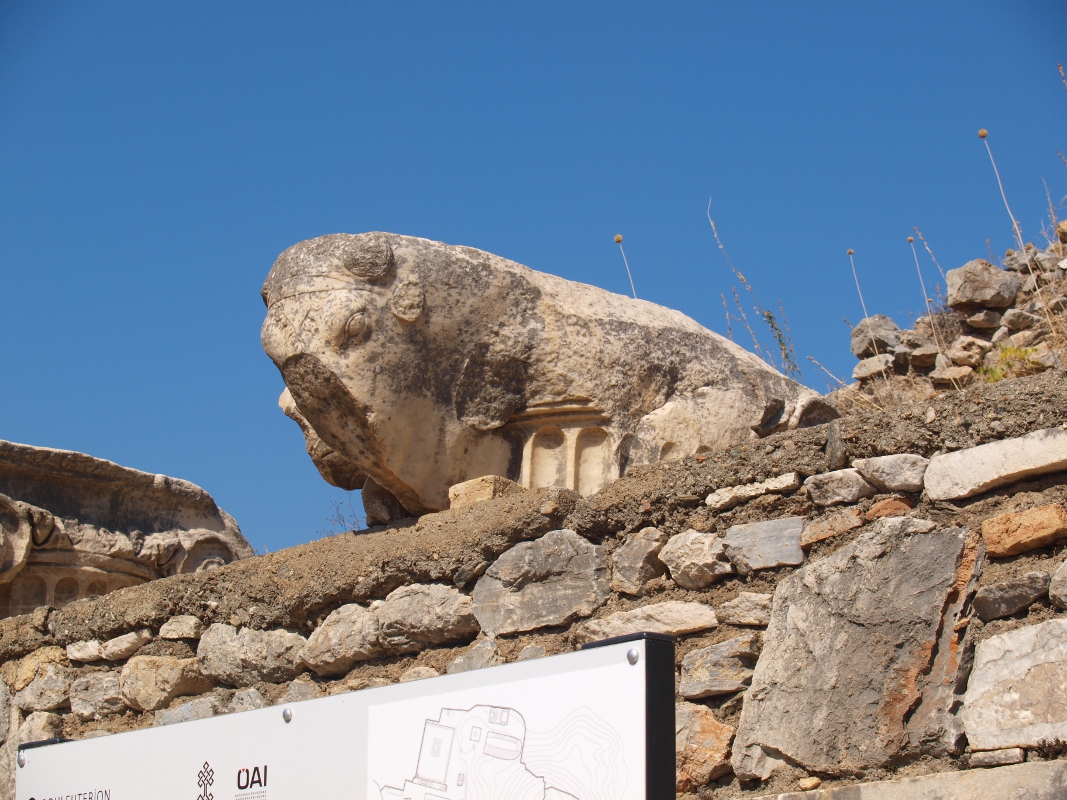
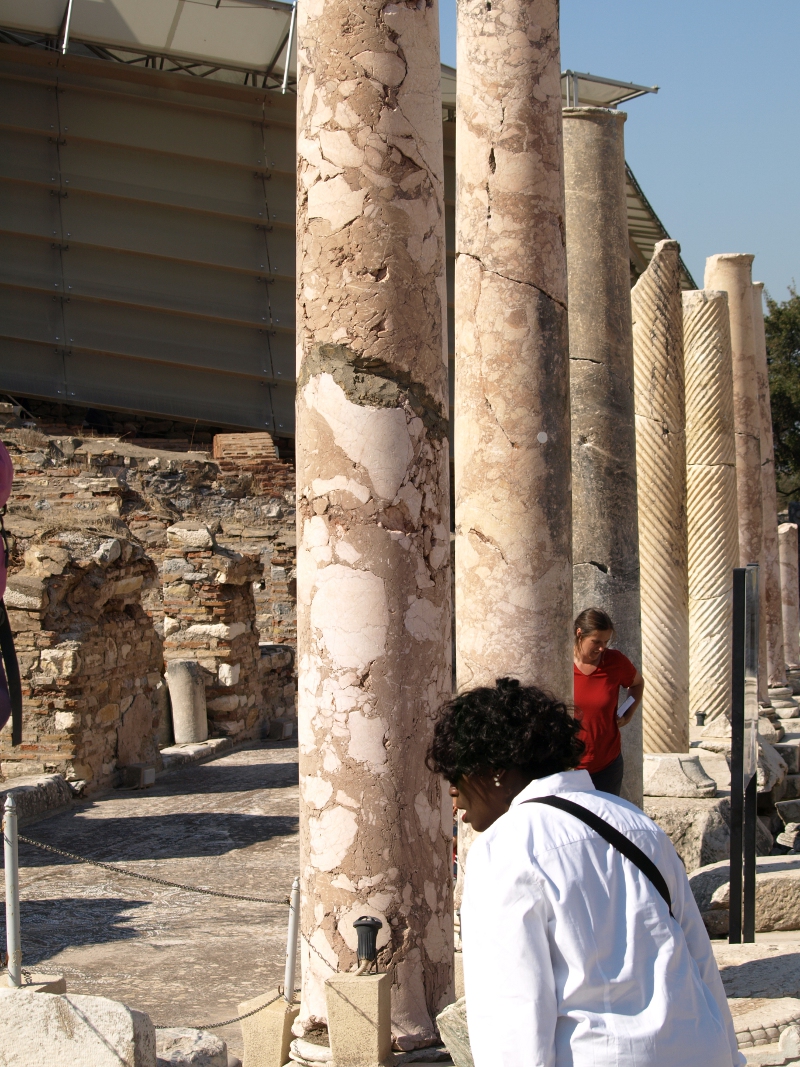
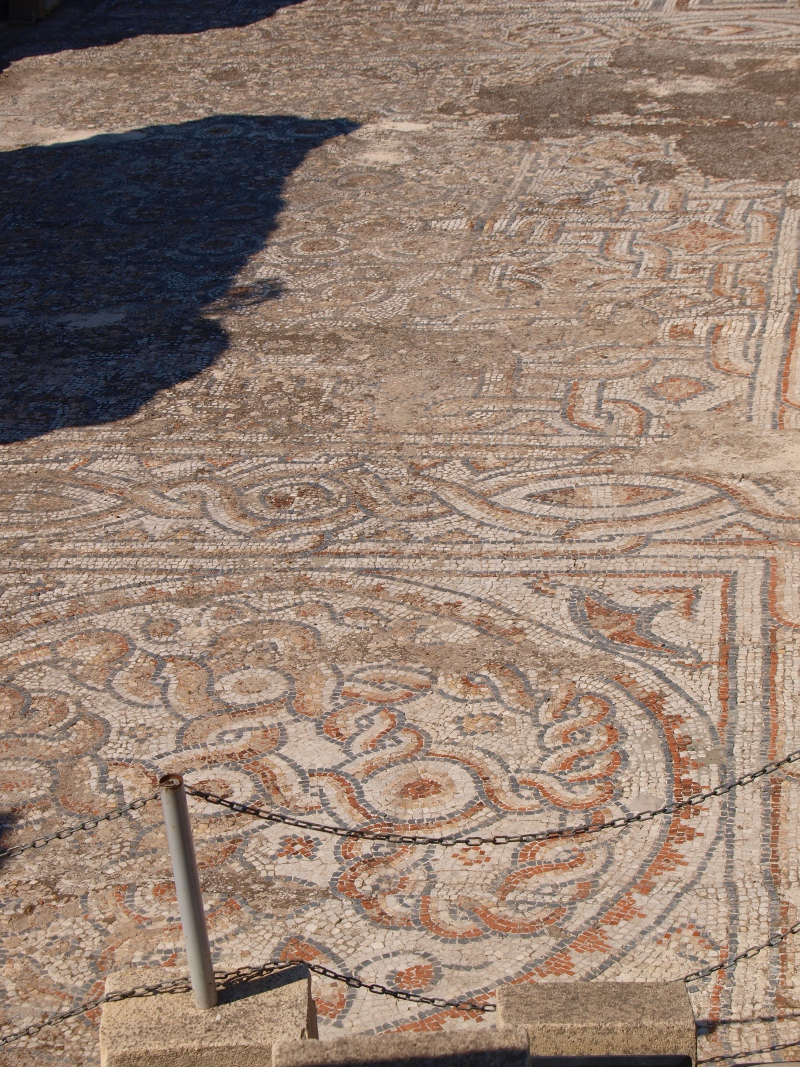
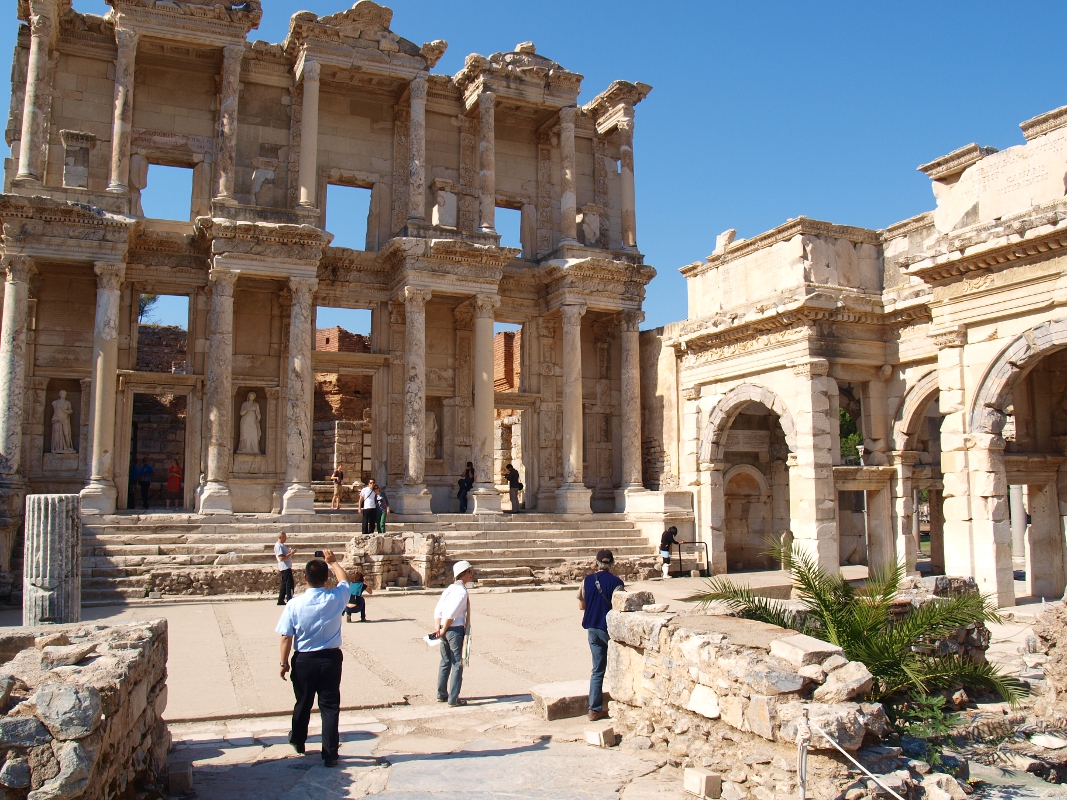
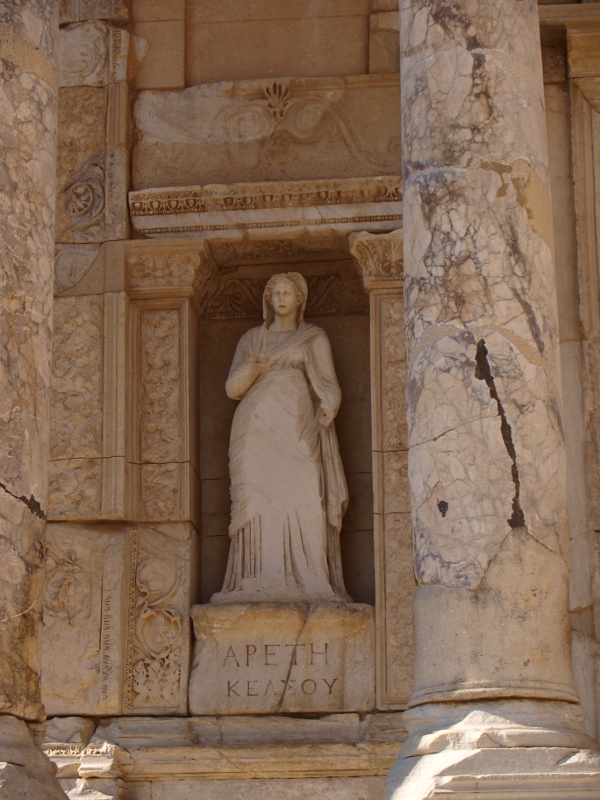
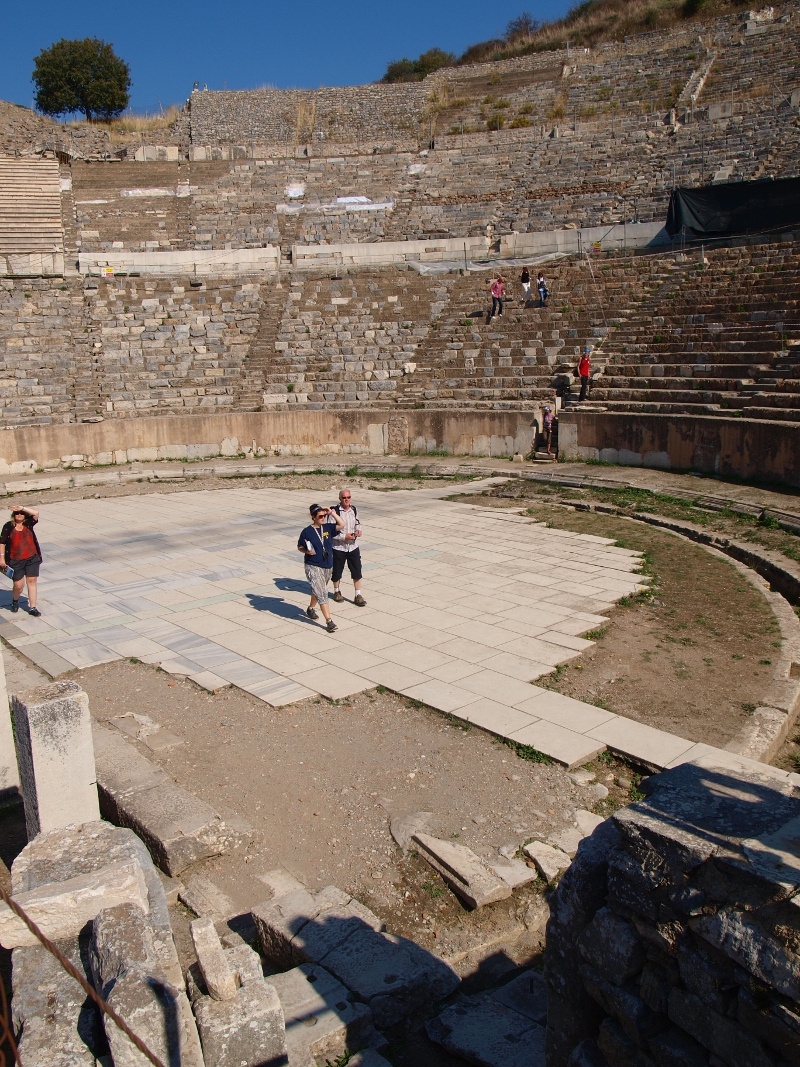
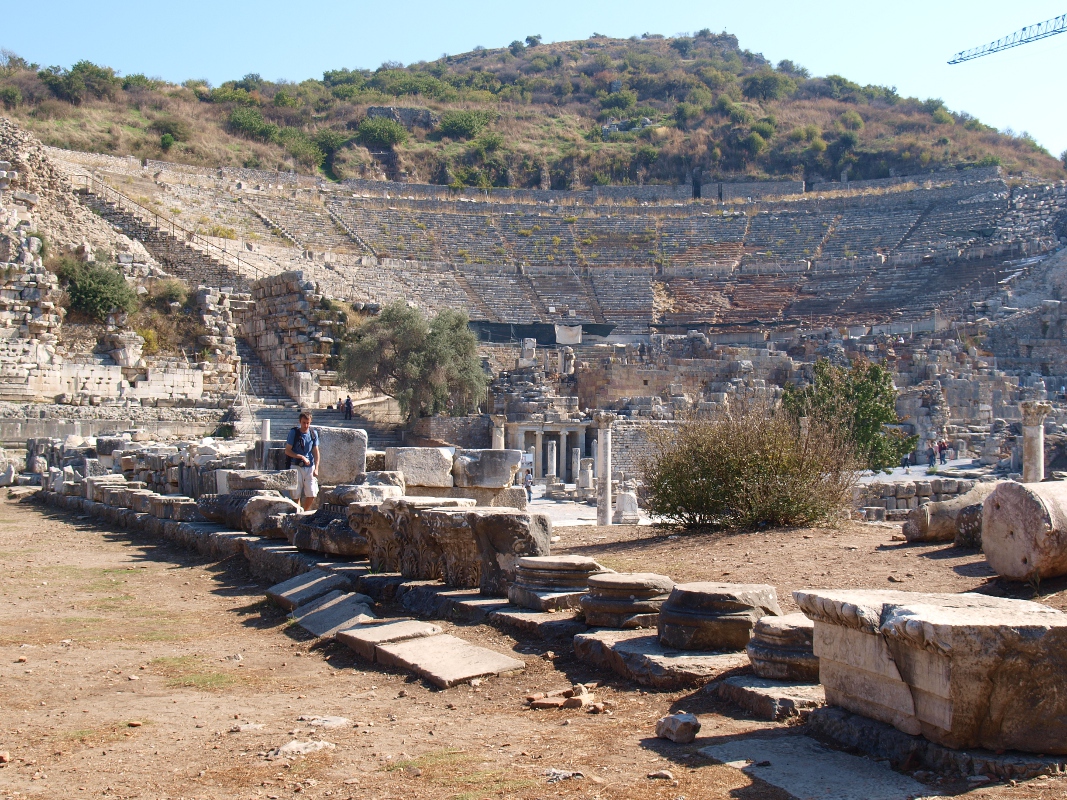
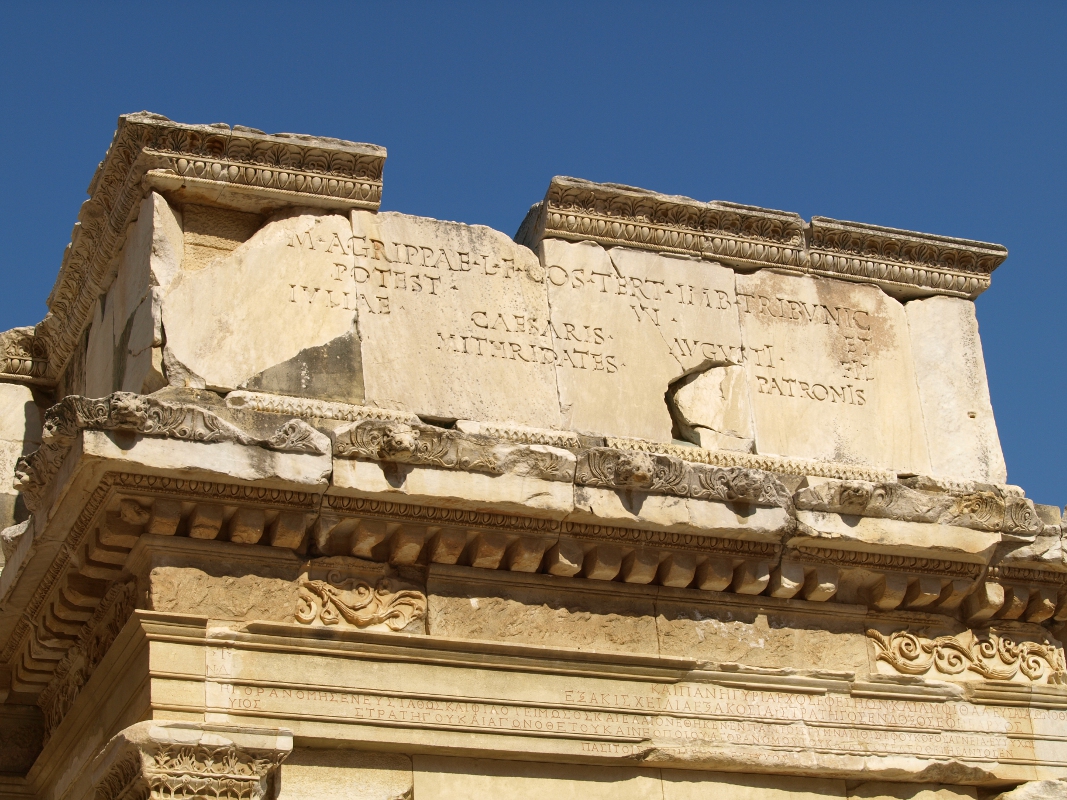
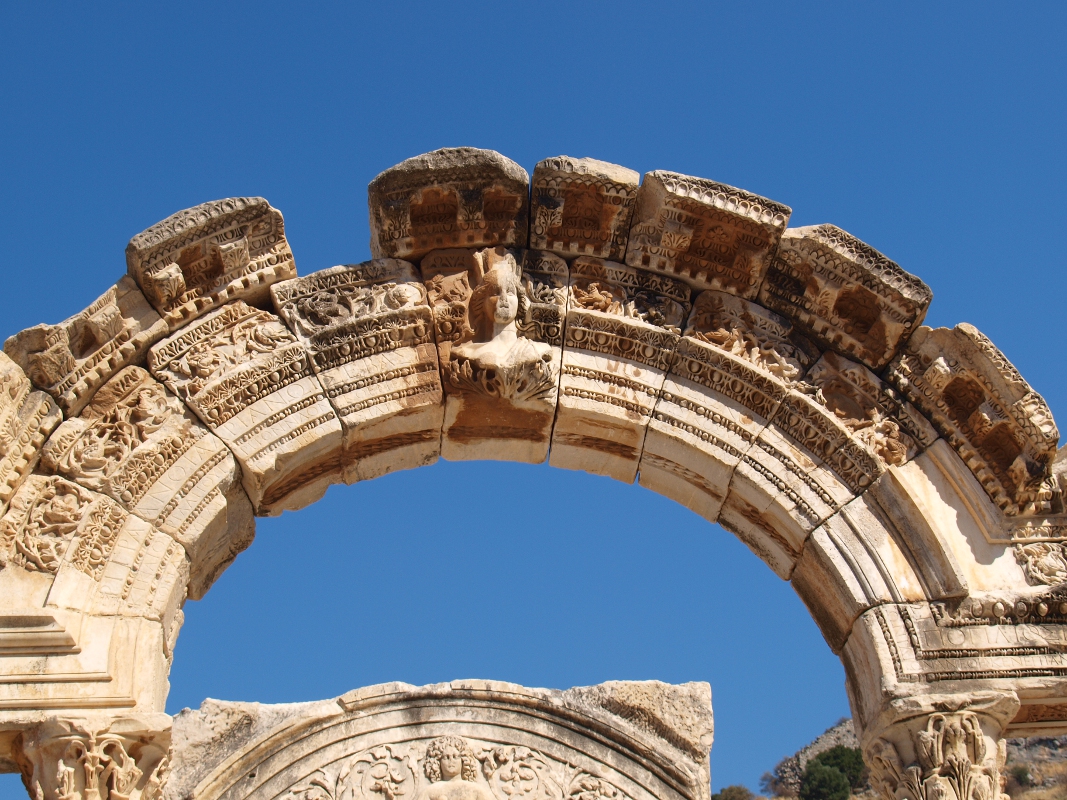

One Response